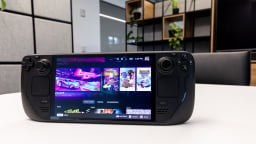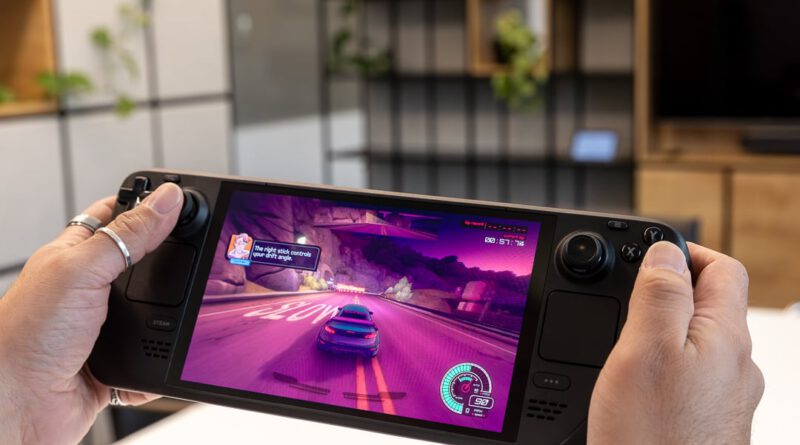Nintendo Switch OLED vs. Steam Deck OLED: Which handheld is better?
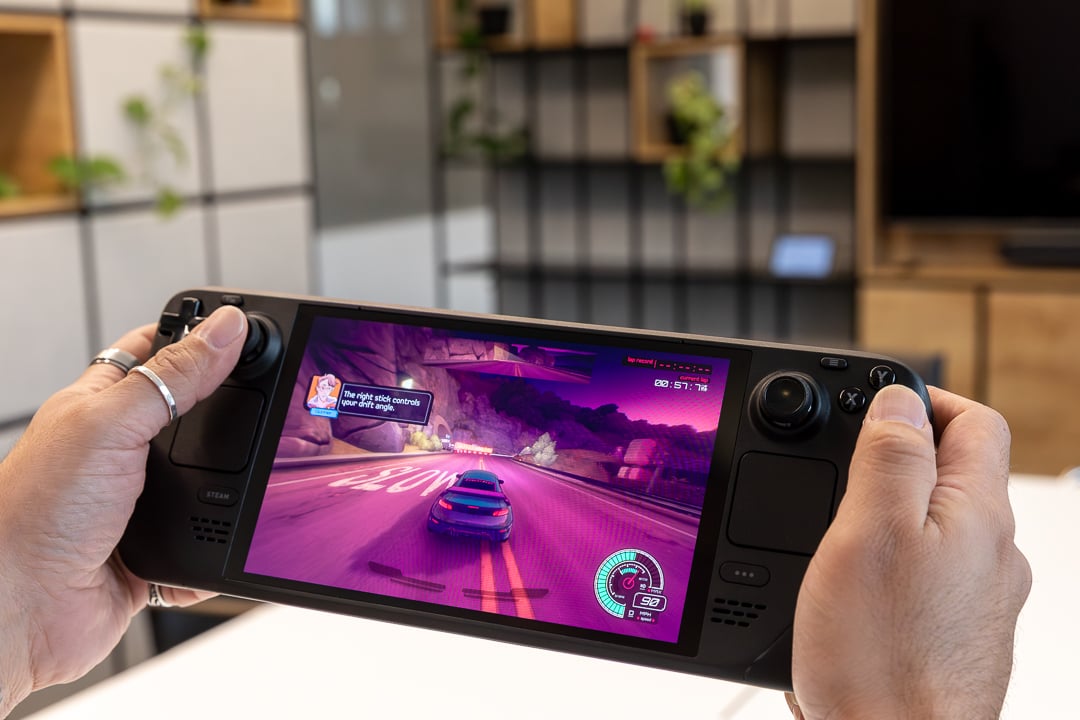
The Nintendo Switch OLED finally has real competition in the handheld gaming space: the Steam Deck OLED
Competition among portable consoles is the fiercest it’s ever been. This duo of OLED devices can unlock tons of gaming potential, thanks to their friendly design and extensive libraries of games, but do you really need to own both? Probably not!
So, with that in mind, here’s how the Switch OLED and Steam Deck OLED compare to one another.
Switch OLED vs. Steam Deck OLED: Price
Our first category is the easiest to decide. Nintendo is always going to win on price — and that’s no different here.
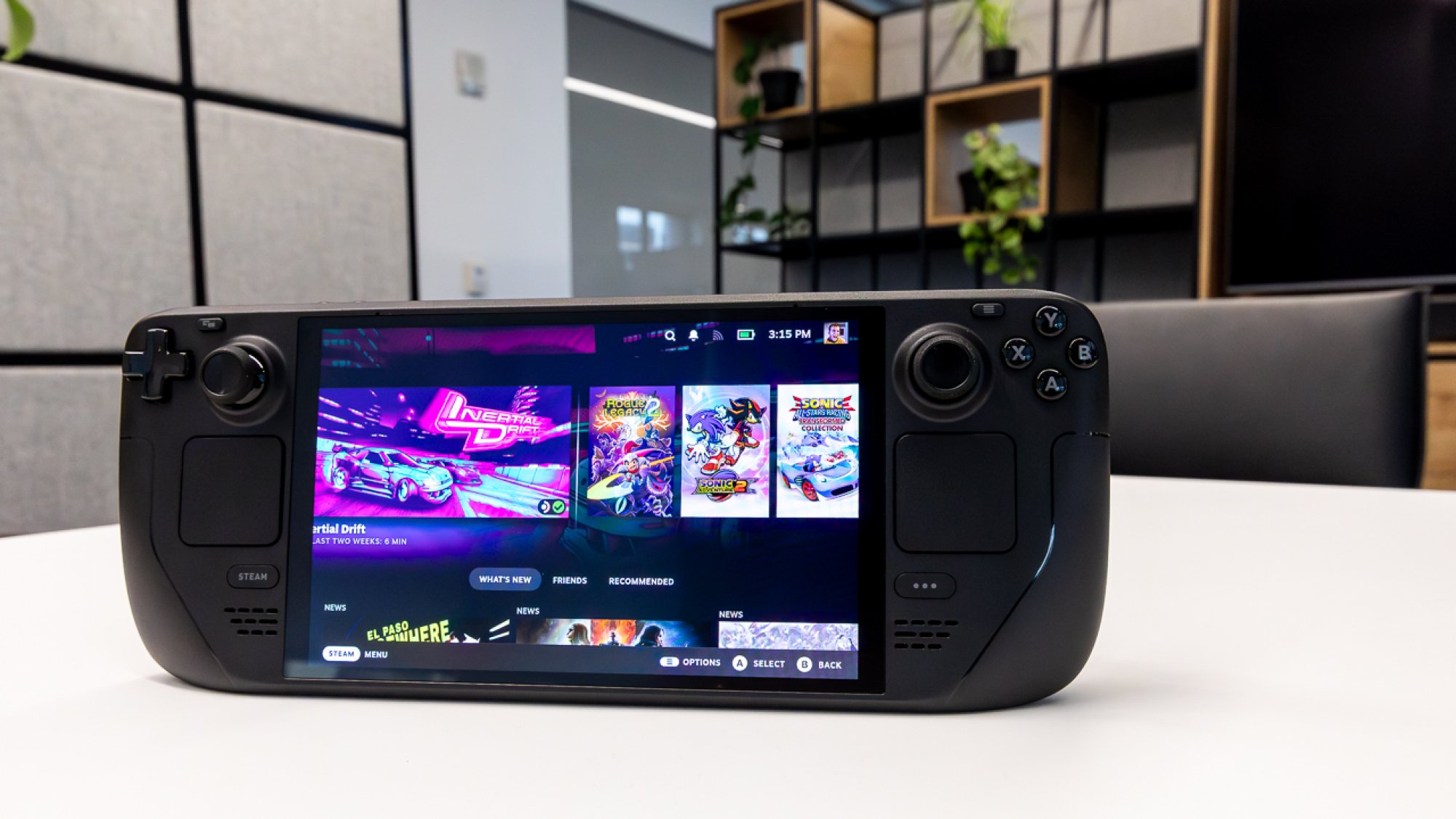
Nintendo Switch OLED starting price: $ 349
Steam Deck OLED starting price: $ 549
That’s a $ 200 difference, enough that you could buy a Switch OLED and a Switch Lite for the price of one Steam Deck OLED. Of course, there are good reasons why the Steam Deck OLED costs as much as it does (as you’ll see later on), but for now, Nintendo is in the lead.
Winner: Switch OLED
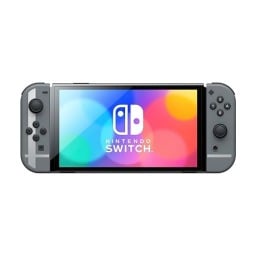
Switch OLED vs. Steam Deck OLED: Design
It may be difficult for Nintendo to keep up the scoring as we go further down this list of categories, but physical design is another department where the Switch OLED arguably beats out the Steam Deck OLED.

However, these two machines are more similar than different in this regard. They both have large screens sandwiched between typical gamepad control layouts, with two analog sticks, a D-pad, four face buttons, and four shoulder buttons. The Steam Deck does have a couple of touchpads on either side that you can use to recreate mouse inputs, as well as some optional back buttons that you can use for basically whatever you want.
On Nintendo’s side of things, you can detach the Joy-Con controllers for things like local multiplayer. This is, admittedly, not my favorite thing to do because the Joy-Cons are very small in adult-sized hands, but the option is there and appreciated.
Nintendo, however, outshines its Valve rival when it comes to portability. Even with the Joy-Cons attached, the Switch OLED is 0.93 pounds, compared to the Steam Deck OLED’s comparatively heavy 1.41 pound weight.
Switch OLED is just a much easier device to carry around and pull out wherever you go. Plus, unlike the Steam Deck, Nintendo packages every Switch with a dock that you can use to play games on a TV. Steam Deck can do this, too, but it’s an optional $ 79 peripheral.
Winner: Switch OLED
Switch OLED vs. Steam Deck OLED: Display
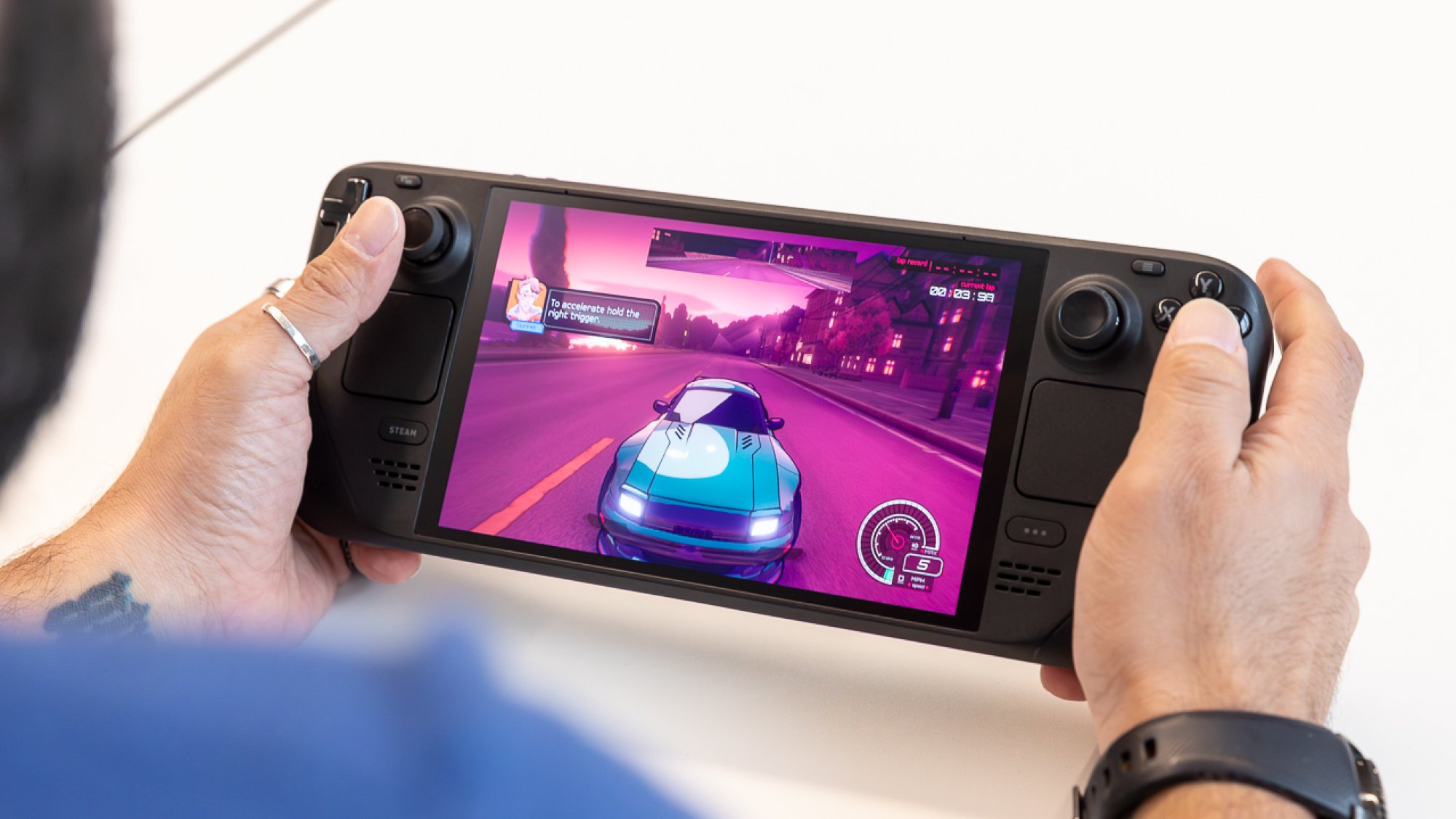
Now it’s time for Valve to start racking up points.
Let’s get the obvious out of the way up front: These are both OLED displays, which is a point in both devices’ favor. Compared to LCD (which older Steam Deck and Switch models used), OLED displays can display deeper black levels since there isn’t a big backlight behind every pixel. Contrast is also improved, producing a generally more handsome image.
However, it’s in the rest of the specs where Valve comes away on top:
-
Switch OLED: 7-inch display with 720p resolution and 60Hz refresh rate
-
Steam Deck OLED: 7.4-inch display with 800p resolution and 90Hz refresh rate
Both devices pale in comparison to something like the Lenovo Legion Go, but within the parameters of our competition today, Valve wins. It’s a bigger, sharper, and faster display.
Winner: Steam Deck OLED
Switch OLED vs. Steam Deck OLED: Horsepower
Yeah, this isn’t even a contest.
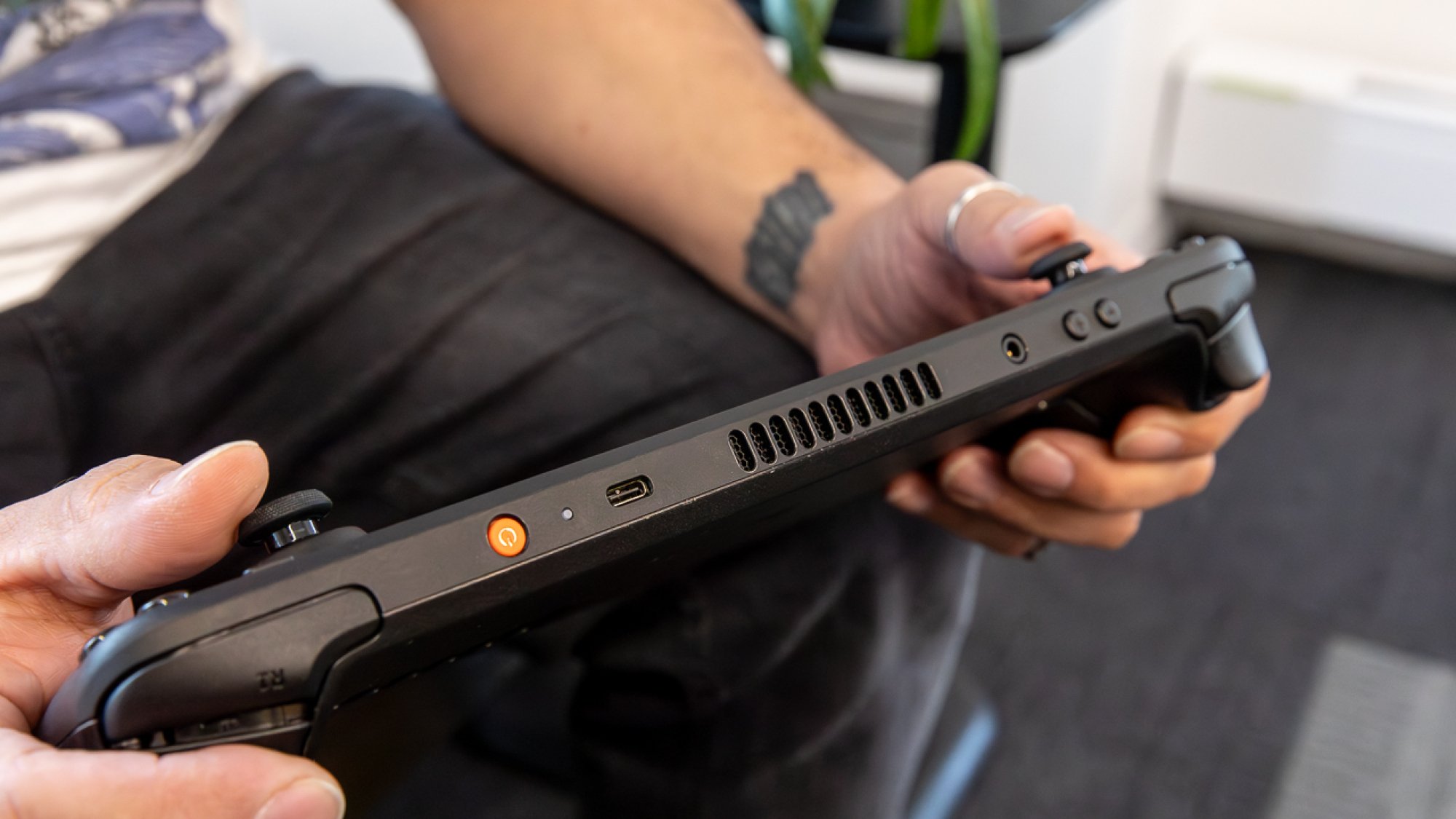
In terms of raw specs, Steam Deck wins handily. Its AMD GPU with 16GB RAM dwarfs Nintendo’s Nvidia Tegra mobile chipset with just 4GB RAM. That’s not to knock Nintendo; it just doesn’t care that much about raw horsepower like other console manufacturers do. Nintendo wants to keep its consoles cheap and family-friendly, which is admirable and has worked out just fine for the company since this trend started with the Wii in 2006.
But it really is stark to play these two devices and see the Steam Deck handily run all but the most taxing modern games at 60 frames per second (or better), while the Switch can’t reliably play Batman: Arkham Knight, a game designed for last-gen consoles that released in 2015. The hardware powering the Switch was arguably a bit outdated when the console launched almost seven years ago; now it’s downright ancient.
Winner: Steam Deck OLED
Switch OLED vs. Steam Deck OLED: Games library

Both of these consoles have fantastic libraries full of great games, but one is better than the other.
More specifically, Steam Deck has 20 years of PC gaming at its disposal by default, while the Switch can only play games that were designed and released for the Switch since 2017. Additionally, you can hack the Steam Deck, install Windows on it, and play games from other storefronts like Game Pass and Epic Games Store. And without getting too specific, there are other ways to play pretty much anything you want on a Steam Deck.
But I don’t want to crown Steam Deck OLED the winner here without giving Switch some of its flowers. Its extensive library features a litany of amazing indie games like Stardew Valley, alongside fantastic first-party Nintendo titles like The Legend of Zelda: Tears of the Kingdom, and a personal favorite of mine, Xenoblade Chronicles 3. A console doesn’t thrive for seven years without building up a great library. It’s just that Valve’s is a little better.
Winner: Steam Deck OLED
Switch OLED vs. Steam Deck OLED: Battery life

It’s been a brutal run for Nintendo in the last few categories, but that might end here.
Neither of these devices have great batteries. I was only able to get somewhere between 3 and 4 hours on average out of a full charge on Steam Deck OLED, and that would certainly go down if you exclusively played something really taxing like Baldur’s Gate 3 or Cyberpunk 2077 on it. Switch OLED, meanwhile, is rated for between 4 and 9 hours.
Sometimes less horsepower is a good thing, particularly when it comes to battery life.
Winner: Switch OLED
Final thoughts
If money isn’t an object and you’re not over the moon about Nintendo games, this is no contest. The Steam Deck OLED may cost $ 200 more than Switch OLED, but what you get for that price bump is a better display, much better specs, and a more extensive gaming library to choose from.
There’s absolutely a case to be made here for the Switch OLED, especially as it regards first-party Nintendo titles, but from most angles, the Steam Deck OLED is the better option.
Winner: Steam Deck OLED

